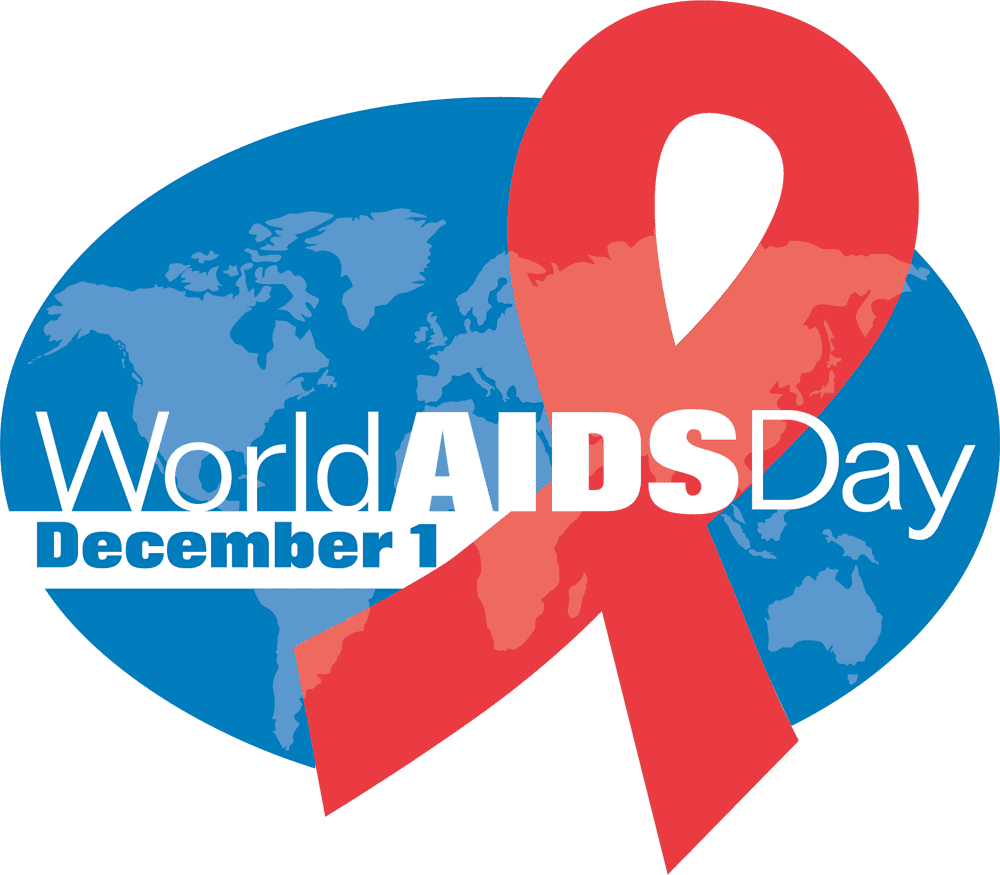Introduction:
World AIDS Day takes place on the 1st December each year to raise awareness about HIV. It aims to show support for people living with HIV, to commemorate those who have died of AIDS, and learn about the current facts and realities of the virus around the world.
Facts:
- HIV is a virus that attacks the immune system.
- AIDS ‘Acquired Immune Deficiency Syndrome’: occurs when HIV destroys the immune system to the extent that it can no longer fight simple infections.
- More than 36 million people worldwide are living with HIV/AIDS.
- Women make up almost half of the total number of people living with the virus worldwide.
- If the disease is diagnosed in time, and with effective medications, people with HIV can lead a normal life.
- With effective treatment, people living with HIV cannot transmit the virus to anybody else, because medications prevent HIV from multiplying.
- There is no cure for HIV infection so far.
Objectives:
- Focus on the importance of expanding coverage for preventive and treatment services for HIV infection locally and internationally.
- Monitor the spread of HIV/AIDS at the international level and the availability of the related treatment and protection services.
- Develop policies and provide standard and technical guidelines to assist countries to boost intervention in the health sector; in order to combat the HIV/AIDS.
- Provide support to low-income countries.
- Secure drugs, diagnostic tools and other necessary means to combat HIV/AIDS and ensure their adequate supply.
- Call on all concerned parties at the international level to pay more attention to the global epidemic of HIV/AIDS and to demonstrate greater commitment to fighting it.
Official Date:
Globally: December 1st, 2017
Locally: Rabie Al-Awal 13th, 1439H.
Theme of World Aids Day:

Right to health
Target Groups:
- AIDS patients and their families.
- Health professionals including doctors, nurses, pharmacists and health educators.
- Health decision-makers.
- Health associations and organizations.
- The public.
Related Links: